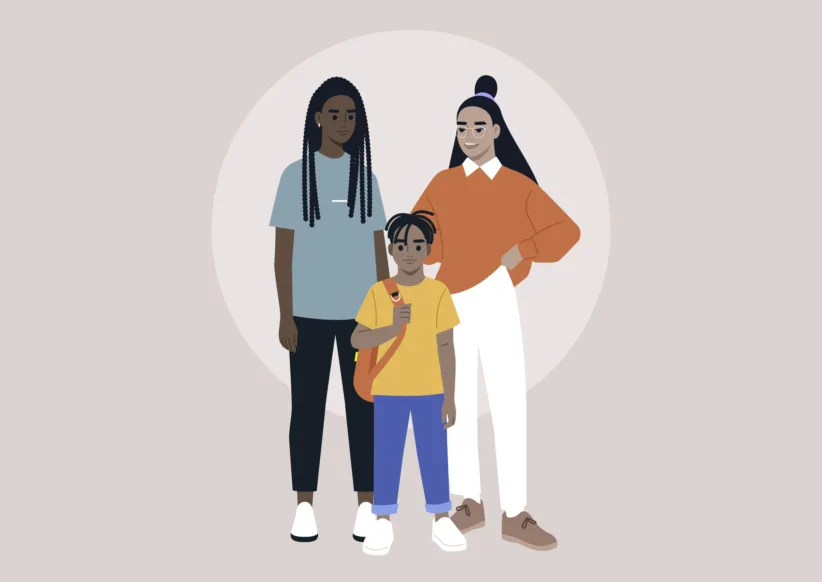Vision screening is a very important way to identify vision problems. During an exam the doctor looks for eye disease and checks to see if the eyes are working properly. Children with a family history of childhood vision problems are more likely to have eye problems themselves.
Newborns. All infants should have their eyes checked in the newborn nursery for infections, defects, cataracts, or glaucoma. Infants who were born prematurely, infants who were given oxygen, and infants with multiple medical problems are at risk for developing eye conditions which will often need additional exams and close follow up with a pediatric ophthalmologist, an eye doctor trained and experienced in the care of children’s eye problems
A newborn infant can see light, shapes and movement although much of their vision is very blurry. The baby’s eyes may “wander” a bit up to 3 months of age but should be able to focus by 3-4 months. Babies older than 3 months should be able to follow or “track” an object, like a toy or ball, with their eyes as it moves across their field of vision.
If your baby can’t make steady eye contact by this time or seems unable to see, let your pediatrician know. Before 4 months of age most infants occasionally cross their eyes. However, eyes that cross all the time or one eye that turns out is usually abnormal and is another reason to seek your pediatrician’s advice.
By 6 months of age. Pediatricians should screen infants at their well-baby visits to check for proper eye health, vision development, and alignment of the eyes.
At 3 to 4 years of age. All children should have their eyes and vision checked for any abnormalities that may cause problems with later development. If your child’s eyes become misaligned (strabismus), let your pediatrician know right away. However, vision problems such as a lazy eye (amblyopia) may have no warning signs, and your child may not complain of vision problems. Thus, it’s important at this time to have your child’s vision checked. There are special tests to check your child’s vision.
At 5 years of age and older. Your pediatrician should check your child’s vision in each eye separately every year. If a problem is found during routine eye exams, your pediatrician may have your child see a pediatric ophthalmologist. Your pediatrician can advise you on eye doctors in your area.
Reference: American Academy of Pediatrics





















